- 12:30 pm – 1:00 pm – EDSFF: Dynamic Family of Form Factors for Data Center SSDs.
- 1:00 pm – 1:30 pm – Form Factors for the Future
- 1:30 pm – 2:00 pm – Optimizing Flash Form Factors for the Cloud
- 2:00 pm – 2:30 pm – Future Device Form Factors
- 11:00 am – 12:00 noon – Computational Storage
- 12:00 noon – 1:00 pm – SSDs and Form Factors
- 1:00 pm – 2:00 pm – SNIA Technical Activities and Direction
- 11:00 am – 12:00 noon – SNIA Education, Standards, Promotion, Technology Adoption
- 11:00 am – 12:00 noon – Persistent Memory Standards and Adoption
- 12:00 noon – 1:00 pm – Computational Storage
- 1:00 pm – 2:00 pm – SNIA NVMe and NVMe-oF standards activities and direction
- 12:00 pm – 1:00 pm – SNIA SwordfishTM and Redfish
- 1:00 pm – 2:00 pm – Computational Storage
- 11:00 am – 12:00 noon – Computational Storage
- 12:00 noon – 1:00 pm – SNIA Education – Standards Promotion and Technical Adoption
- 1:00 pm -2:00 pm – SNIA Technical Activities and Direction








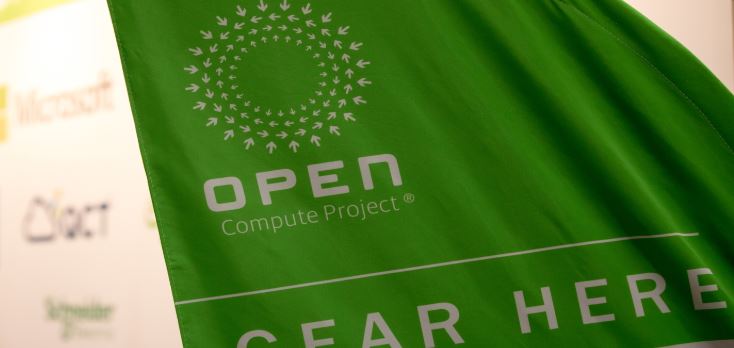
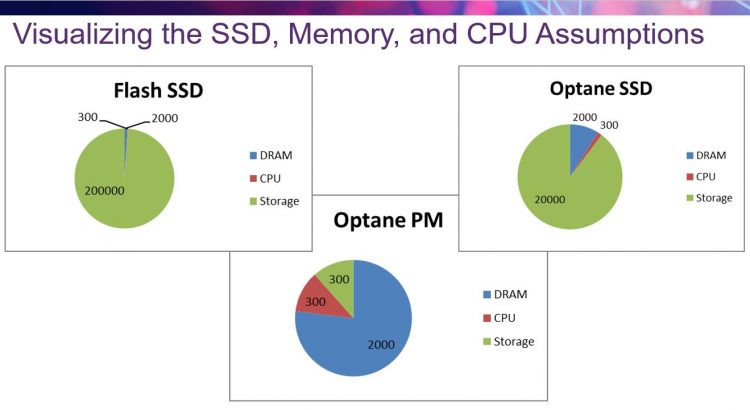
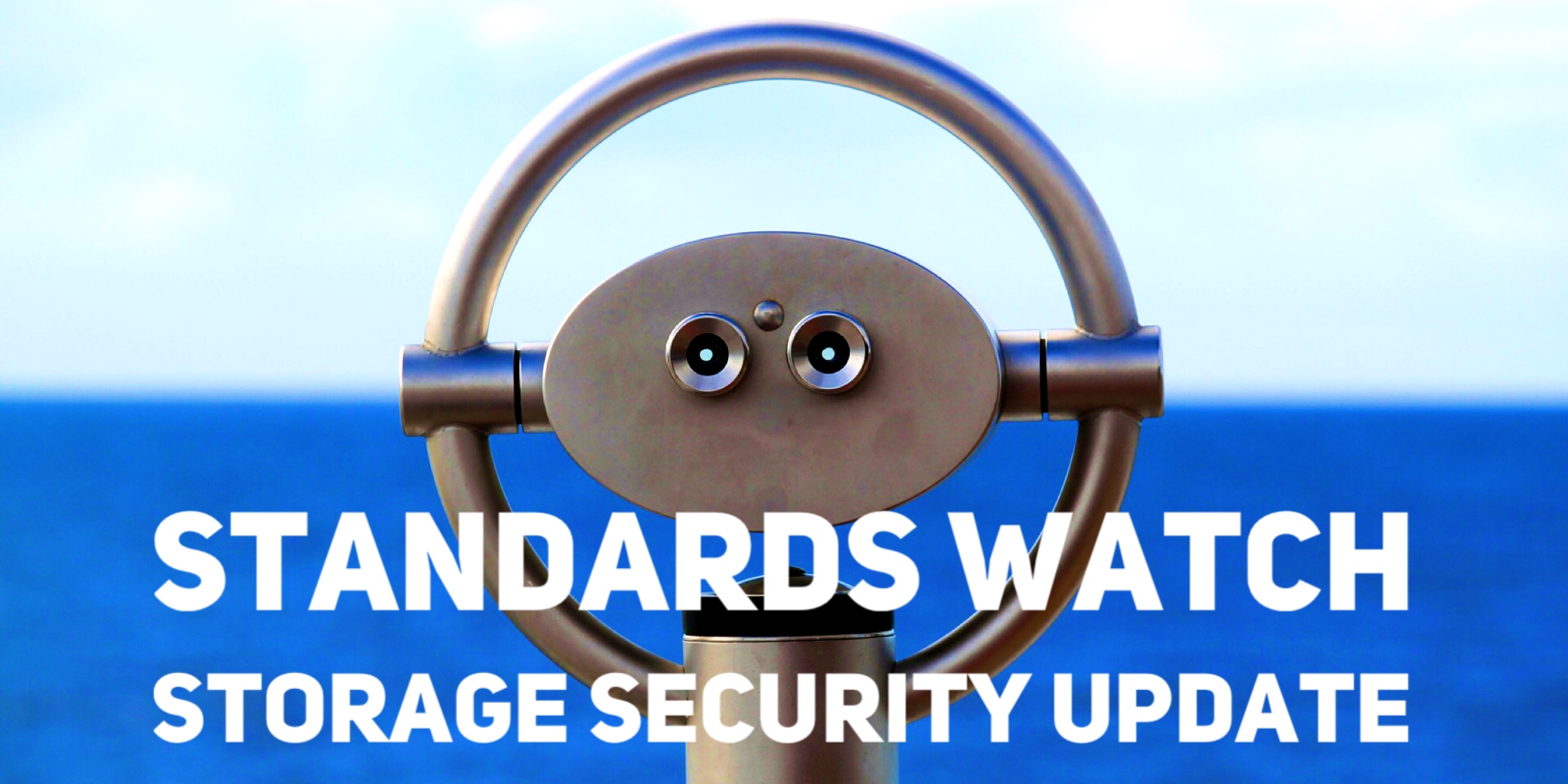

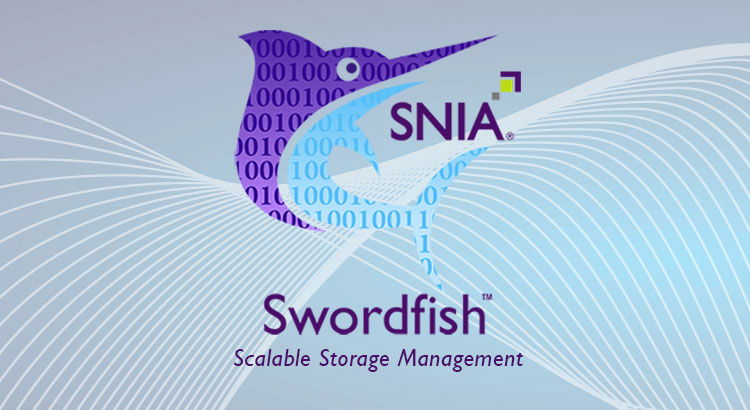

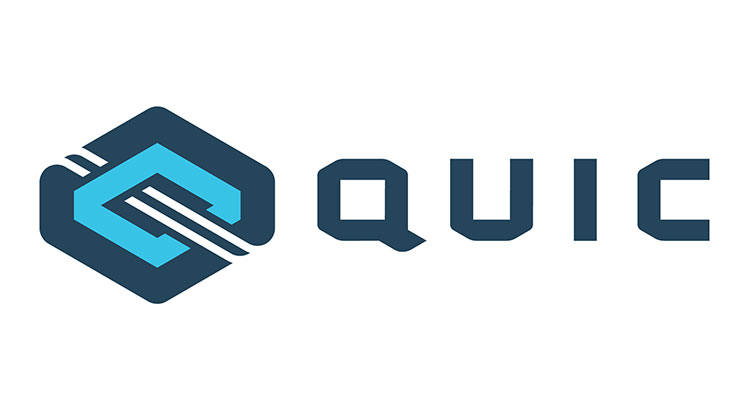
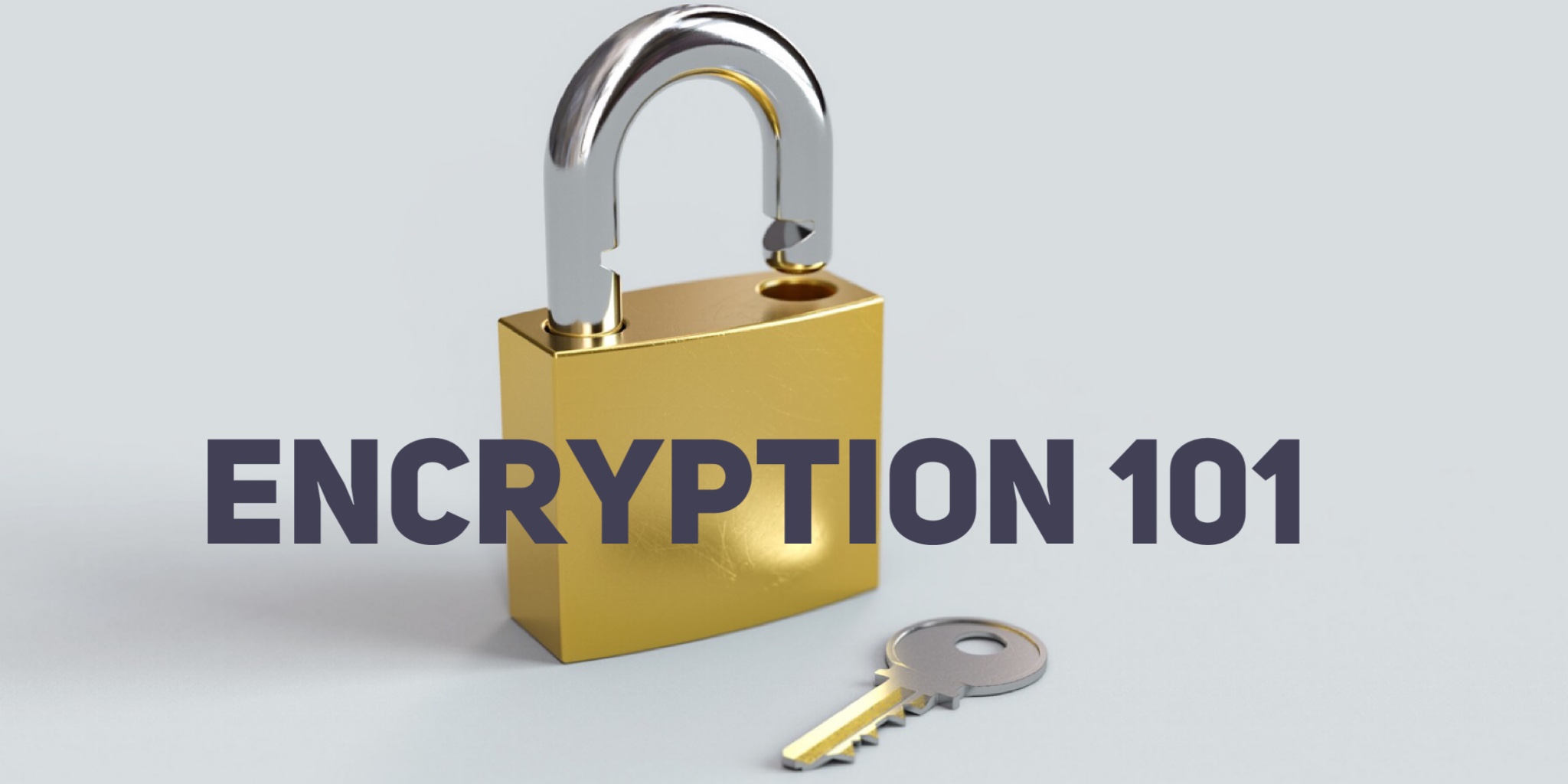
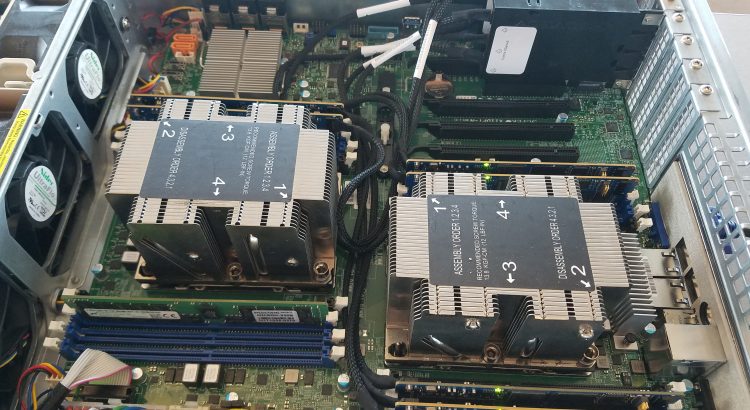
Leave a Reply